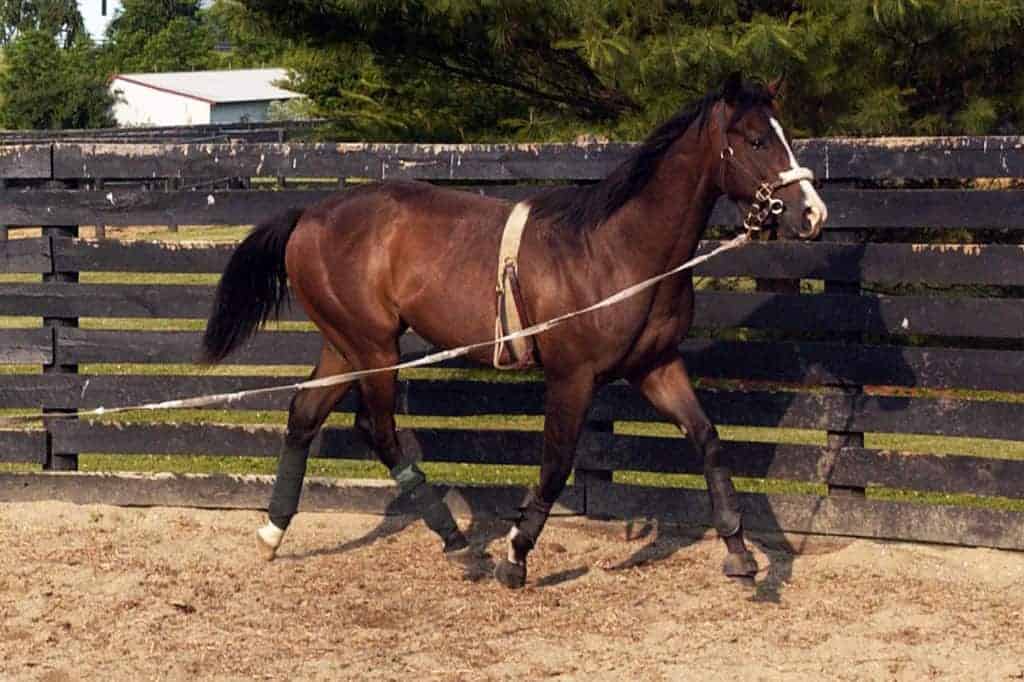
The Conservative Approach for Healing Horses
Many veterinarians recommend R&R and controlled exercise to heal tendon and ligament injuries.

Many veterinarians recommend R&R and controlled exercise to heal tendon and ligament injuries.
Three horse health and welfare studies will be carried out during this year’s Tevis Cup endurance ride.
Discussion topics included public veterinary records, commission authority over veterinarians, and Salix.
The new rule states horses receiving ESWT will be ineligible to train or race for 10 days following treatment.
The two-day event will bring together a cross-section of the breeding, racing, and veterinary communities.
A small lesion in the middle of the suspensory ligament in his left front leg was detected last week.
Bramlage served as the AAEP On-Call veterinarian for this year’s Triple Crown races.
The pain-killer more powerful than morphine was not found in any Derby or Oaks samples tested.

Muscular causes of poor performance, such as tying up and back pain, are relatively common in equine athletes.
Thoroughbred horsemen in Indiana learned about corticosteroid use in equine joint injections.

Researchers collected information about health problems experienced by young horses being prepped for sale.
The recording of TheHorse.com’s Ask the Vet LIVE event on stall rest and rehabilitation is now available.

Stall rest is necessary for treating certain equine injuries and conditions. However, keeping a horse happy and healthy during recovery is often a challenge.
His owners elected euthanasia after the colt began showing laminitis signs in one of his uninjured legs.
Regulatory veterinarians implemented new protocol after an increase in the number of racing injuries in May.
The statistics-based system would notify track officials and regulatory vets if a horse is deemed at-risk.
Stay on top of the most recent Horse Health news with
"*" indicates required fields